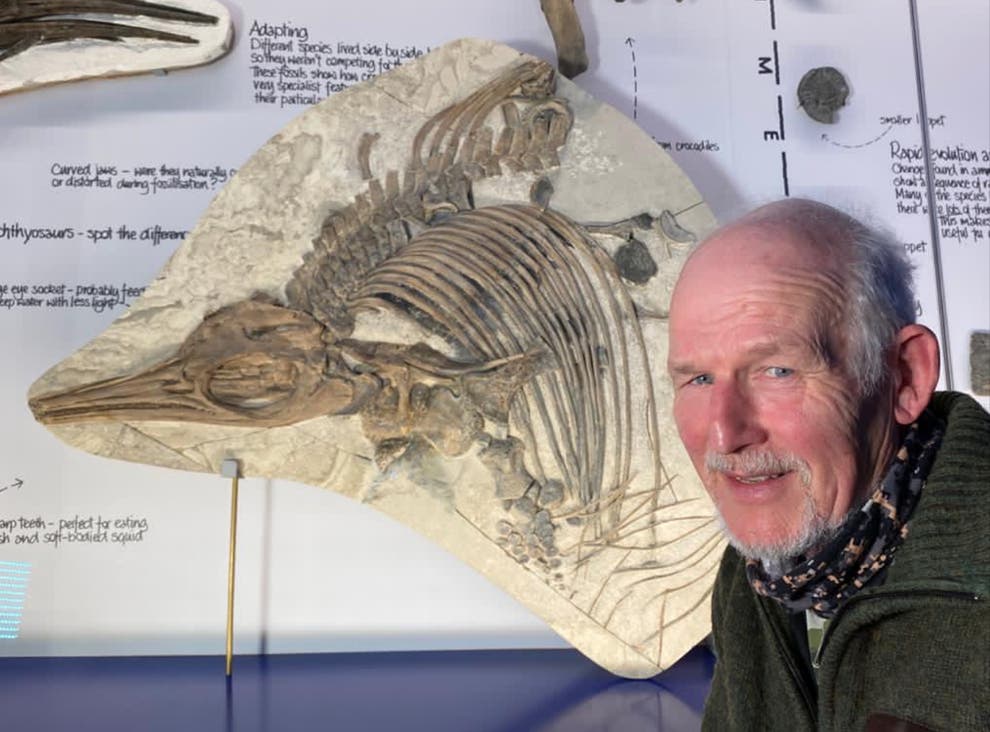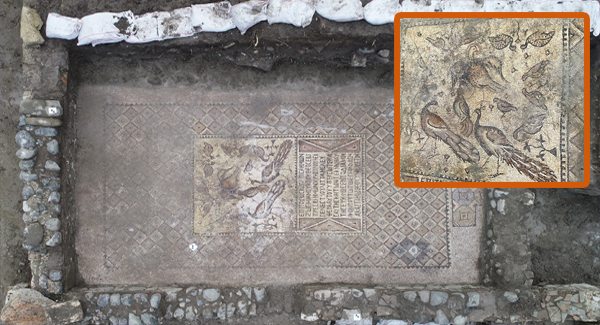A Monument of Mystery
The Great Pyramid of Giza, located on Egypt’s Giza Plateau, has captivated humanity for millennia. Constructed around the mid-26th century BCE during Egypt’s Fourth Dynasty, it is attributed to Pharaoh Khufu (also known as Cheops). Standing approximately 139 meters tall today (originally closer to 146–147 meters due to erosion and the loss of its smooth limestone casing), the pyramid’s base spans 230 meters per side and comprises an estimated 2.3 million stone blocks. This architectural marvel, part of a complex including the pyramids of Khafre and Menkaure, the Sphinx, and associated temples, showcases the ancient Egyptians’ extraordinary engineering, mathematical, and organizational prowess.
Historically, the Great Pyramid’s polished Tura limestone casing created a reflective surface that gleamed in sunlight. Its sheer scale and precision have long prompted speculation about its purpose, with traditional archaeology favoring its role as a royal tomb, while alternative theories propose more enigmatic functions, such as a power-generating system.
Traditional View: A Royal Tomb
Most Egyptologists assert that the Great Pyramid was built as a tomb for Khufu, aligning with ancient Egyptian beliefs in the afterlife. Pharaohs, considered living gods, required elaborate burial complexes to ensure their journey to the next realm. The pyramid’s design, including the King’s Chamber, Queen’s Chamber, and Grand Gallery, is seen as part of a funerary layout, potentially with hidden compartments for burial goods. Supporting evidence includes the Giza Plateau’s funerary temples, causeways, and boat pits, as well as worker villages and logistical records, such as papyri from Wadi el-Jarf documenting limestone transport.
The absence of a mummy in the pyramid is attributed to ancient tomb-robbing, a common practice. The relieving chambers above the King’s Chamber are viewed as engineering solutions to distribute weight, not as components of a power system. The progression from earlier step pyramids, like Djoser’s at Saqqara, to the smooth-sided Great Pyramid reinforces the tomb theory, reflecting advancements in design within a funerary tradition.
Alternative Theories: The Giza Power Plant
Engineer Christopher Dunn, in his 1998 book The Giza Power Plant: Technologies of Ancient Egypt, proposes that the Great Pyramid was a sophisticated energy generator, not a tomb. Drawing on his manufacturing background, Dunn suggests the pyramid’s internal structures, particularly the King’s Chamber and its shafts, were designed to harness vibrational or microwave energy. He points to the piezoelectric properties of quartz in the chamber’s granite, suggesting that Earth’s natural vibrations could resonate through the pyramid’s corridors, functioning as a resonant cavity to produce usable energy, possibly via hydrogen reactions.
Dunn later refined his theory, describing the pyramid as an “electron harvester” that amplified microwave energy through precisely shaped shafts, akin to modern waveguides. He notes the northern shaft’s geometry aligns with hydrogen’s resonant frequency (approximately 1,420 MHz, or a 21 cm wavelength). While skeptics highlight the lack of physical evidence—such as chemical piping or electrodes—and the unsuitability of limestone and granite for modern waveguides, Dunn argues that ancient engineers used acoustic and vibrational principles to achieve similar effects. His ideas resonate with those who believe ancient civilizations possessed advanced, unrecognized technologies.
Advanced Scanning Technologies
Recent advances in non-invasive scanning have deepened the pyramid’s mysteries. Muon tomography, which uses cosmic-ray muons to map density variations, revealed a large cavity above the Grand Gallery in the 2010s, dubbed the “Big Void.” This discovery, led by an international team from Japan, France, and Egypt, suggests potential undiscovered chambers or structural gaps. Infrared thermography and radar-based tools have also detected anomalies, hinting at hidden spaces or subterranean structures.
Synthetic aperture radar (SAR) Doppler tomography, a method using radar pulses to create high-resolution 3D images, has fueled recent claims of vast subterranean systems beneath the pyramid. Alleged scans suggest “coils” or “pillars” extending hundreds of meters, possibly kilometers, below the Giza Plateau. Enthusiasts propose these could be part of a technological complex, aligning with Dunn’s power plant theory or older legends of labyrinths beneath the plateau. However, mainstream archaeologists, including Zahi Hawass, dismiss these claims as misinterpretations of geological features or imaging artifacts, emphasizing the need for peer-reviewed validation and caution against damaging the pyramid through invasive exploration.
Controversial Claims and Subterranean Structures
Online discussions have amplified reports of enormous subterranean networks, with some claiming uniform patterns of pillars or coils up to 2 kilometers deep. These are speculated to be remnants of an advanced, pre-dynastic civilization, a water or energy distribution system, or symbolic underworld structures tied to Egyptian mythology, such as the Duat. However, the Giza Plateau’s limestone bedrock and natural voids could explain these patterns, as water infiltration or geological layering may mimic artificial designs in scans.
Skeptics argue that such deep structures lack archaeological precedent and require extraordinary evidence. Egyptian authorities, protective of the pyramid’s integrity, demand rigorous verification before endorsing such claims. The debate is further complicated by the challenge of interpreting faint radar signals amidst bedrock and background noise.
Zahi Hawass vs. Graham Hancock
Zahi Hawass, a leading Egyptologist, staunchly defends the tomb theory, dismissing alternative ideas as speculative and unsupported. He emphasizes the wealth of evidence tying the Great Pyramid to Fourth Dynasty funerary practices. In contrast, Graham Hancock, a journalist and author, argues that the pyramid’s design and astronomical alignments suggest a lost, advanced civilization with knowledge predating dynastic Egypt. While Hawass and Hancock have historically clashed, recent reports indicate more amicable exchanges, though their interpretations remain opposed.
Hancock sees new scanning data as an opportunity to challenge conventional timelines, while Hawass warns against sensationalizing unverified claims. The tension reflects broader debates between orthodox archaeology and alternative theories about humanity’s past.
Implications and Ongoing Questions
The Great Pyramid continues to provoke wonder and debate. Whether a tomb, a power plant, or something else entirely, its precision, scale, and potential hidden features challenge our understanding of ancient Egypt. Advanced scanning technologies offer hope for new discoveries, but verifying claims of vast subterranean systems requires careful, collaborative research. As the line between myth, geology, and technology blurs, the pyramid remains a testament to human ingenuity—or perhaps something more profound.






















